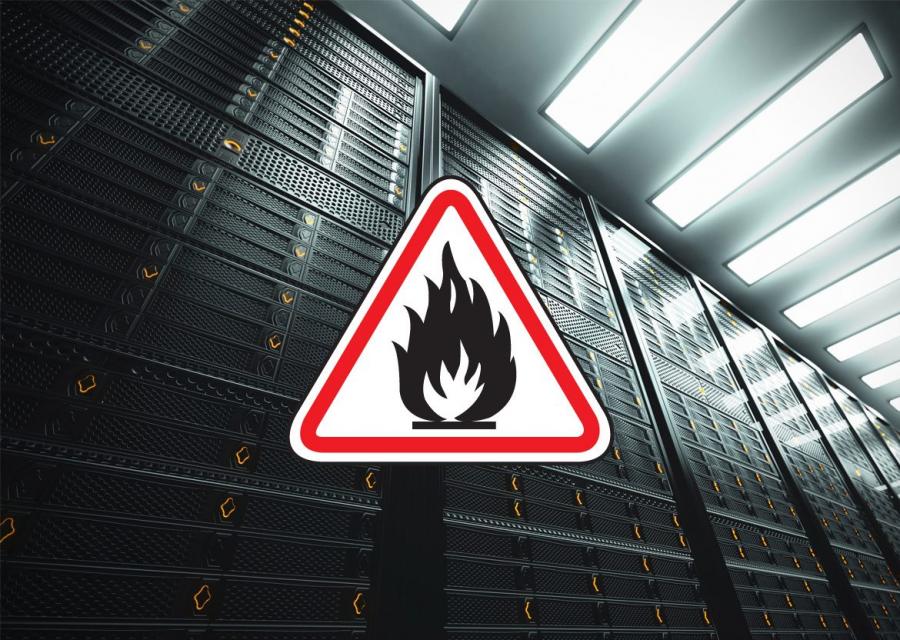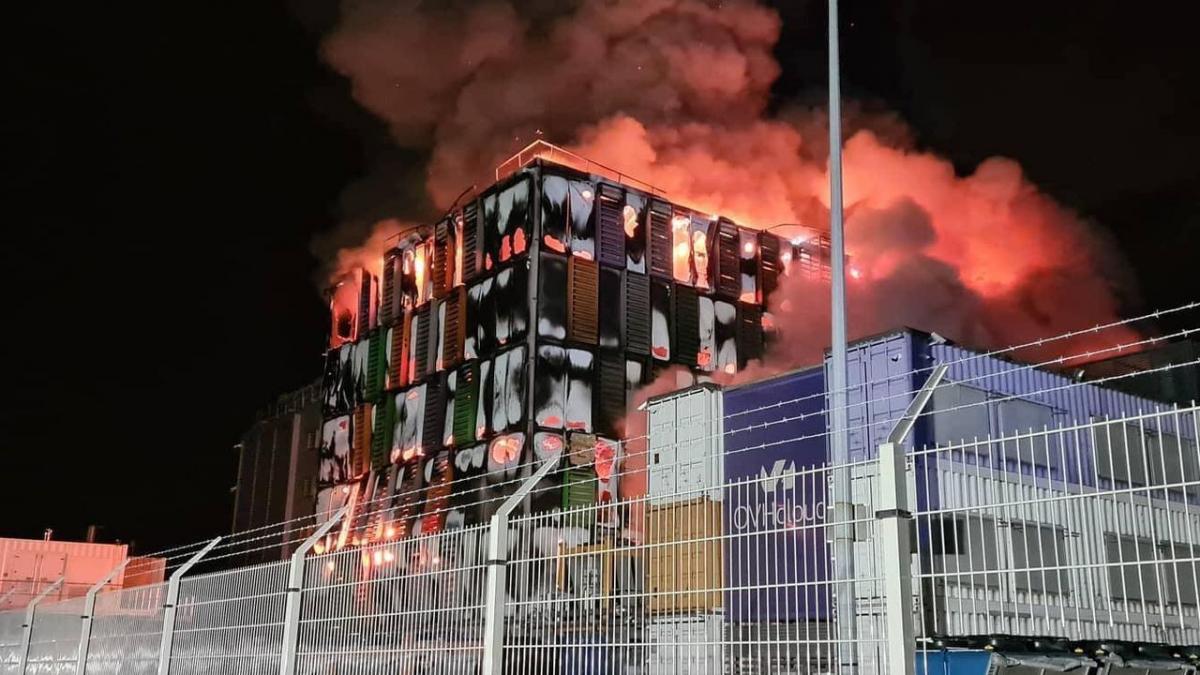Prevention and actuation in case of fire

A recent case of fire in one of the most important data centers in Europe is that of OVHcloud, a French web hosting, cloud computing and telecommunications provider. Therefore, those companies that would have opted for the basic plan, without including external backups and only with local backups, will have lost everything.
Data center fires are caused by faulty power supplies or capacitors, as well as other types of short circuits. Due to the high dependence of many companies on their IT systems, fire protection is an important factor in risk prevention.
Care should be taken to monitor the air of the entire rack. The early fire detection system takes care of this by continuously drawing in the air through an integrated duct system and leading it through the smoke detectors.
Once the fire is detected there are 3 different types of fire extinguishers prepared for data centers.
Types of fire extinguishers:
- Water spray based fire extinguisher: This type of fire extinguisher does not conduct electricity, It does not pollute, It is not magnetizable. This equipment is recommended for class A and C fires. The nozzle is designed to produce a mist of water.
- Carbon dioxide-based fire extinguisher: This is optimal for class B and C fires. It is a non-combustible gas that does not react chemically with other substances and does not conduct electricity. The small particles of CO2 that are expelled from the extinguisher can be charged with static electricity.
- Halotron extinguisher: It is a clean gas that leaves no residue and is not a conductor of electricity. It is released in liquid form and gasifies in extinguishing by cooling and suffocation. This equipment is recommended for class A, B and C fires.
Oriol & Jan
